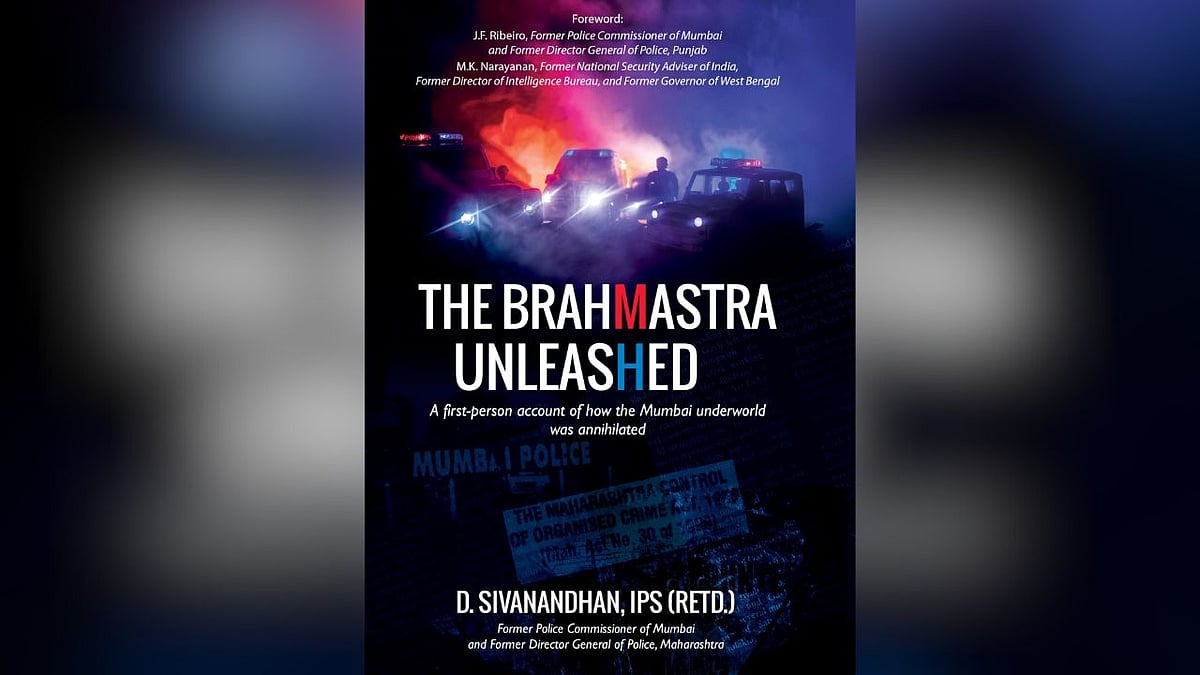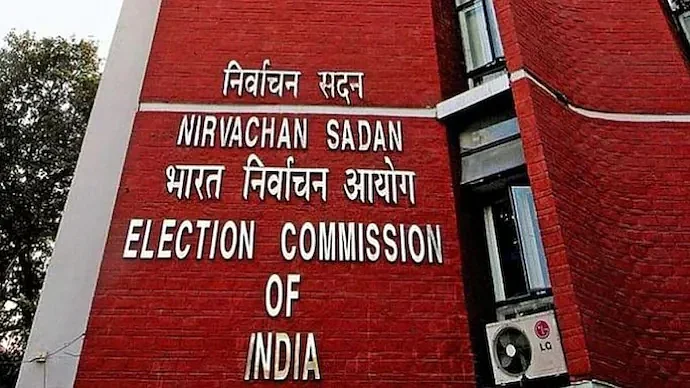U.S. President Donald Trump has escalated his tariff policy, raising the reciprocal tariff on Indian exports from 25% to 50%, citing India’s ongoing purchases of Russian oil as the primary justification. According to Indian officials, this sweeping levy will affect approximately 55% of India’s total merchandise exports to the U.S.. Trade bodies warn that without early exemptions or a phased approach, tens of thousands of export-oriented jobs could be at risk over the next 12 months.
Economic Growth Takes a Hit: Credit rating agency Moody’s projects a reduction of 0.3 percentage points in India’s real GDP growth (from an estimated 6.3% for FY 2025–26), as the shock from these punitive tariffs disrupts high-value manufacturing and complicates energy imports. Goldman Sachs offers a grimmer scenario, suggesting a potential 0.6-point drag on GDP, while reaffirming overall growth near 6.5% should diplomatic progress follow. Beyond headline GDP estimates, industry associations warn of a cascading effect on supply chains, particularly in logistics, packaging, and ancillary manufacturing linked to export-oriented sectors. Smaller suppliers, who often operate on thin margins, could face cash-flow crunches within a quarter unless relief measures are implemented quickly. Analysts also point out that the higher tariff rate could prompt U.S. buyers to renegotiate contracts or seek alternative sourcing from Southeast Asian competitors, eroding India’s long-standing advantages in cost efficiency and skilled labour.
Sectors on the Hot Seat:
Gem & Jewellery: The $10 billion sector, where 30% of output goes to the U.S., faces alarm, particularly in the SEEPZ special economic zone. A combined 50% tariff threatens competitiveness, artisan jobs, and cultural craftsmanship.
Textiles: In Tiruppur, Tamil Nadu, exporters warn that about ₹6,000 crore worth of business (half of the region’s exports to America) could collapse under the weight of the new tariff.
Electronics: The sector risks losing $20-30 billion in U.S. export orders, although major players like Apple and Samsung may secure exemptions.
Rising Sentiment and Market Reactions: Domestically, there’s a mounting pushback, calls for boycotts of U.S. brands like McDonald’s, Coca-Cola, Amazon, and Apple are gaining momentum, with “Swadeshi” nationalism fuelling consumer sentiment. Currency markets are also under pressure, the Indian rupee stabilized near ₹87.66/USD, with the Reserve Bank intervening amid capital outflows sparked by tariff-induced uncertainty. Equity markets saw heavy selling in export-heavy sectors, wiping out ₹1.1 lakh crore in market capitalization over two sessions.
Strategic Economic Manoeuvres and Diplomacy: In the face of mounting pressure, Prime Minister Modi stands firm in support of farmers, dairy producers, and fishermen, emphasizing their protection, even at personal political cost. The government is also rolling out credit guarantees (10–15%) for small businesses and exporters facing stress, while conducting trade negotiations as planned, including the sixth round scheduled for late August.
Officials are simultaneously exploring fast-track trade pacts with the EU, UAE, and ASEAN to offset U.S. market losses, signalling a broader pivot in India’s trade strategy.
Global Landscape and Geopolitical Ramifications: The broader US-India relationship, once warm, is now sharply frayed. Analysts note the collapse of the Trump-Modi “bromance,” with geopolitical disputes over oil imports and defence exports creating diplomatic fissures. Meanwhile, energy strategists caution that while Indian refiners can reduce reliance on Russian crude (which currently makes up 38% of input), doing so would incur billions in extra import costs and hurt refining margins.
In Washington, trade hawks see the tariffs as a test of India’s willingness to align more closely with U.S. foreign policy objectives, particularly on energy and defence procurement, adding another layer of complexity to already sensitive diplomatic channels.
Conclusion: Donald Trump’s sudden doubling of tariffs on Indian exports from 25% to 50% represents a major economic and strategic setback for India. Key sectors like textiles, gems, and electronics are already under duress, and projections now point toward downward revisions of GDP growth ranging between 0.3 to 0.6 percentage points. In response, New Delhi is mobilizing support for affected industries, diversifying export markets, and maintaining its strategic economic and diplomatic stances. Yet the long-term outcome will hinge on whether these tariffs become entrenched policy or serve simply as short-term leverage in negotiations. India’s ability to navigate these shocks, while protecting domestic jobs, may well determine the trajectory of its economic diplomacy and long-term trade resilience.
Divyam Aggarwal, Indian Institute of Management Raipur
Dr. Sanjeev Prashar, Indian Institute of Management Raipur
Dr. Archana Parashar, Indian Institute of Management Raipur









